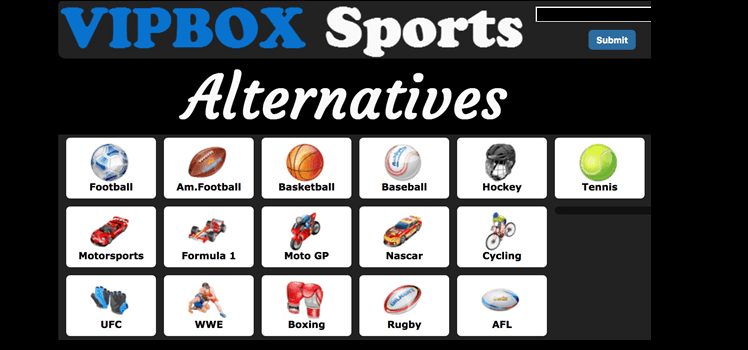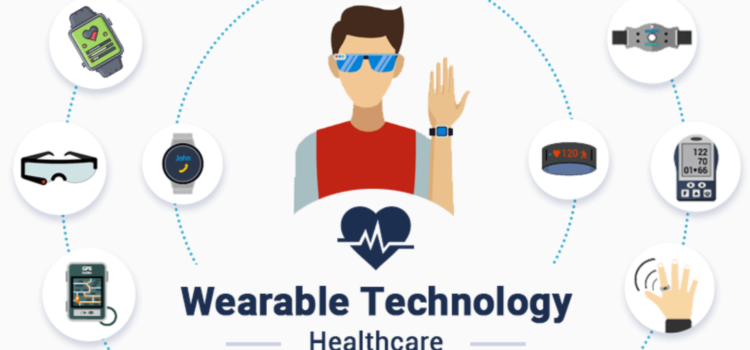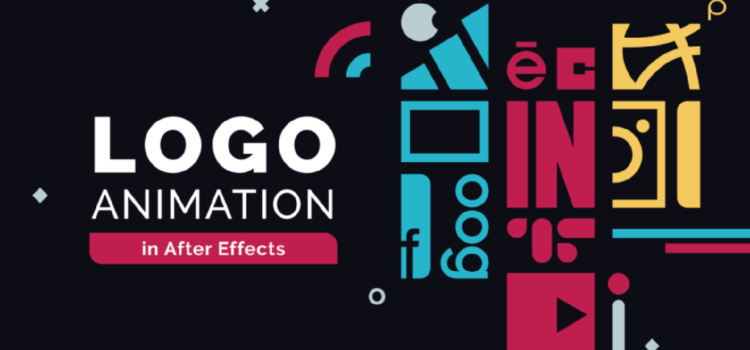Are you fed up with facing access problems and technical difficulties on VIPBox while attempting to watch your beloved sports events live? Look no further! We have put together a list of the top 8 free live sport streaming sites that can serve as dependable alternatives to VIPBox. Whether you prefer baseball, soccer, badminton, cricket, boxing, wrestling, or any other sport, these platforms have you covered.
When seeking alternatives to VIPBox for free live sports streaming, several reputable sites offer a similar experience. Keep in mind that utilizing these platforms usually involves navigating through ads and potential pop-ups. Some top alternatives to VIPBox include VIPLeague, LiveTV, and Stream2Watch. VIPLeague provides a wide array of sports categories, ensuring you can find your desired live event easily. LiveTV stands out for its user-friendly interface and comprehensive coverage of various sports leagues. Meanwhile, Stream2Watch offers an extensive database of live sports streams in high quality, catering to a broad audience of sports enthusiasts. Remember to exercise caution while using these sites and ensure you have a reliable antivirus program to safeguard your device from potential threats.
Reasons to Seek VIPBox Alternatives
While VIPBox has been a favorite among sports fans for live streaming various games and matches, it has its downsides like any online platform. Users often encounter issues such as slow loading times, laggy streams, or occasional downtime on VIPBox. In such scenarios, it becomes imperative to explore other streaming options that offer a smooth and uninterrupted viewing experience.
The Top 8 Free Live Sport Streaming Sites
- LiveTV
- LiveTV is a comprehensive sports streaming platform that caters to a wide range of events, from football and basketball to tennis and motorsport. With numerous live channels and a user-friendly interface, LiveTV ensures a seamless streaming experience.
- SportRAR
- SportRAR is another trustworthy alternative to VIPBox, providing live streams of popular sports events worldwide. The website offers high-quality streams and timely updates on upcoming matches, making it a preferred choice for sports enthusiasts.
- Stream2Watch
- Stream2Watch is renowned for its extensive coverage of live sports, including niche events and lesser-known leagues. The site’s interactive chat feature allows users to interact with fellow viewers during live matches, enhancing the overall experience.
- SportP2P
- SportP2P offers a smooth streaming experience for sports buffs, with live broadcasts of major games and tournaments. The site also includes useful features like live scores and match schedules to keep users informed.
- Cricfree
- Specializing in cricket streaming, Cricfree also offers a wide array of other sports events. With multiple links for each game and a clutter-free interface, Cricfree simplifies finding and watching your favorite matches.
- Bosscast
- Bosscast is a user-friendly sports streaming site that covers various sports, including football, basketball, and baseball. Its simple layout and reliable streams make it a top choice for live sports viewing.
- SportLemon
- Sporting a clean and user-friendly interface, SportLemon makes it easy for users to browse and find their desired sports streams. The site offers multiple links for each event, ensuring uninterrupted viewing even during peak traffic times.
- Atdhe
- Atdhe is a popular sports streaming site hosting a diverse range of live events, from mainstream sports to niche competitions. The platform’s minimalist design and ad-free experience enhance the overall viewing pleasure for users.
Conclusion
When VIPBox falls short in providing a seamless live streaming experience for your favorite sports events, these top 8 free alternatives come to the rescue. With a broad sports coverage, user-friendly interfaces, and reliable streams, these platforms offer everything a sports enthusiast needs to stay connected to the action. Say goodbye to accessibility problems and technical glitches – give these VIPBox alternatives a go and savor uninterrupted sports viewing like never before!












Comments
Best-Selling & Trendy Watches for Kids You Must Buy This Season